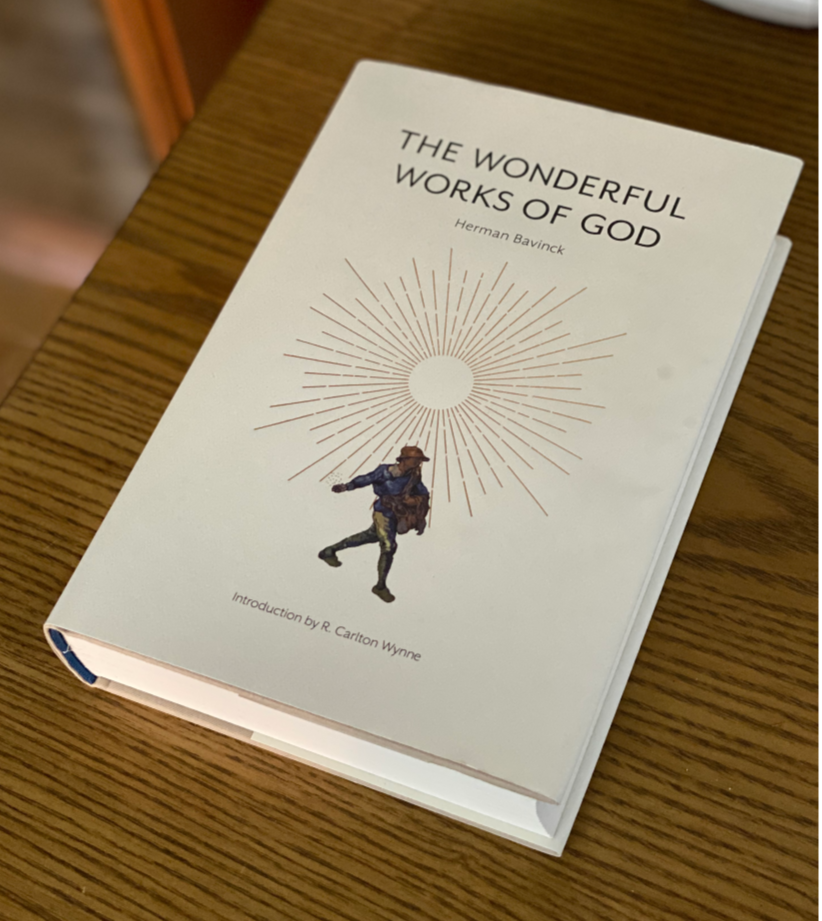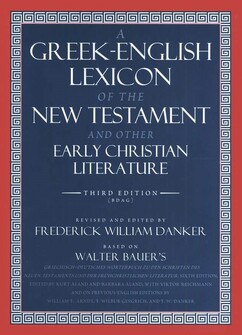
A couple of weeks ago I posted the observation that Jonathan Edwards’s preaching did not spend much time on word studies. Instead, he used numerous Scripture to buttress his explanations of his selected text. Then, he bombarded his main concepts with powerful, but simplistic reasoning.
Let me show you a quick example from, what is so far, my favorite sermon of Edwards, Christian Safety, on Proverbs 29:25 “But whoso putteth his trust in the Lord shall be safe.”
God’s message is clear: “All those that thus trust in God are safe.” Edwards attacks the reality this way: “We shall show, first, what they are safe from; second, how they are safe.” (p. 456)
That outline is typical of Edwards. (An aside: if you’ve heard or read many of Tim Keller’s sermons, you might recognize some similarities in their approach.)
The first point contains four things: temporal evils, death, the devil, and hell. Edwards uses no proof-texts for these paragraphs. The first in the list, temporal evils, presents the toughest challenge for me. As I’ve mentioned before, what I love about this sermon is the way Edwards explains safety in a world of dangers: “worldly afflictions do often happen to them, but the evil of them don’t befall them. They may be exposed to difficulties, losses, and troubles, but he is not properly in danger of them.” (p. 456) I found this so helpful.
The second point contains three cross-references: 1 Peter 3:13; Isaiah 11:6-9; Mark 16:18. [Dispensationalists with a capital “D” will cringe reading Edwards’s statement: “That prophecy in Is. 11:6-9 is fulfilled upon all true Christians…”
Edwards’s third major point is, “Now follow the reasons of the doctrine.” (p. 459) This section is also loaded with proof-texts about how God protects us and Christ overcomes our enemies.
Anyway, every time I read Edwards’s sermons, he teaches me how to think better. I need that in order to keep functioning well as a pastor/theologian.
May our Lord receive glory in the church and in Christ Jesus as we work hard by His Spirit to preach and teach His Word (Ephesians 3:21).
Randal









